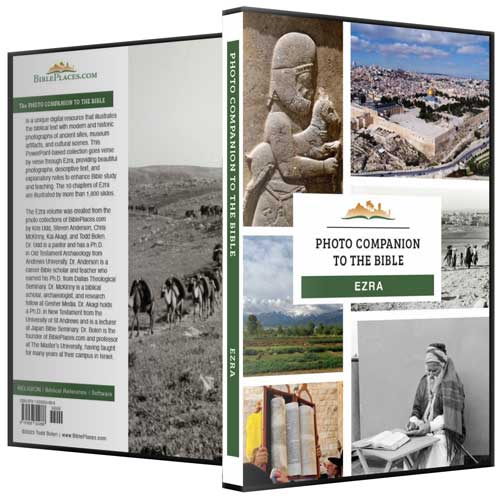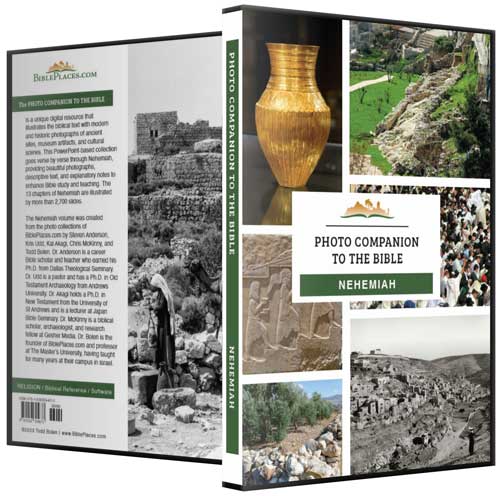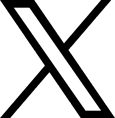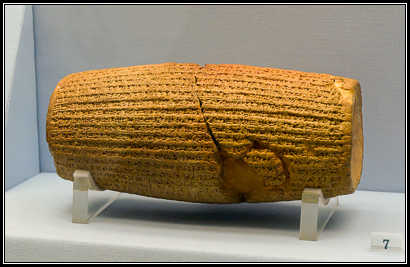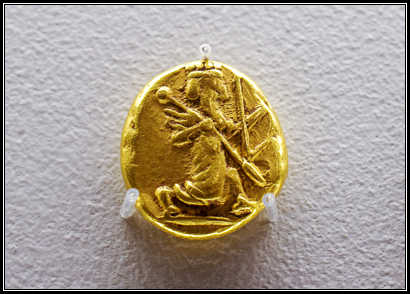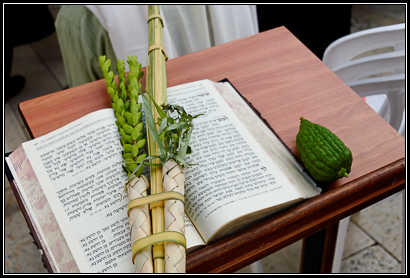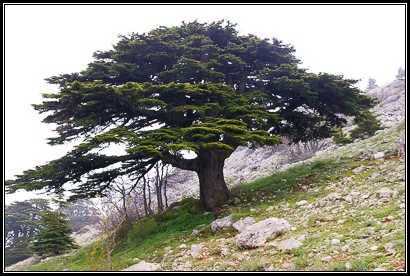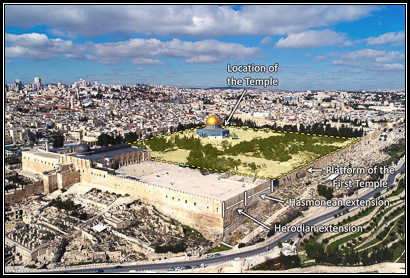Photo Companion
BiblePlaces Newsletter
Vol 22, #1 - November 6, 2023
The books of Ezra and Nehemiah are filled with the powerful acts of God, albeit without the dramatic miracles of the exodus from Egypt. Though the people were repeatedly frustrated by opposition, they ultimately succeeded in rebuilding the temple and the walls of Jerusalem. Ezra and Nehemiah’s resolute leadership prevented moral disaster and foreign attack, moving forward God’s plan of redemption.
From a visual standpoint, Ezra and Nehemiah are easily illustrated—especially if you have the newest volumes in the Photo Companion to the Bible. As with the other volumes, we have collected the best photographs of sites, reliefs, inscriptions, and other artifacts to explain and illuminate the biblical text, verse by verse.
How do you describe a unique collection like this? Some would emphasize the quantity of photographs—more than 4,500 (nearly 200 per chapter). Some would highlight the quality of the notes that explain each picture. Others regard its ease-of-use and complete adaptability to be extremely valuable. Our goal is to provide whatever photographs you are looking for and many more that you didn’t know existed.
We have been building the Photo Companion to the Bible for nine years now, and there is nothing else like it anywhere. There are a wide variety of good commentaries and Bible study guides available, but there is only one photographic resource for Ezra and Nehemiah. Today you can get the best price on the two books together: Ezra ($39), Nehemiah ($49), or Ezra and Nehemiah together for $59 as DVD+download or as download-only.
Your support—through purchasing and telling your friends—makes our work possible. If you are able to do either or both of those, we will be most grateful. May the Lord continue to bless your study and ministry of his Word.
Todd Bolen
Photographer, BiblePlaces.com
Professor of Biblical Studies, The Master’s University
Ezra
Ezra is full of ups and downs, with a providential decree allowing the Jewish people to return, followed by a lengthy cessation of work before the temple is finally rebuilt. Later, Ezra led another return bearing great gifts, but he discovered a community in desperate need of moral reform. Our collection has more than 1,800 slides illustrating every chapter and verse. Highlights include:
Ancient depictions of Persian kings and artifacts associated with their reigns
Photos of Babylon, Pasargadae, Persepolis, and other key locations connected with the exile
Modern photos, historic images, and reconstructions illustrating Jerusalem’s temple complex in its various phases
Illustrations of Jewish sacrifices and feasts
Examples of ancient building techniques, including masonry and carpentry
Persian reliefs showing royal processions, offering-bearers, construction workers, and exiles
Images of artifacts from the Persian royal treasury
Examples of ancient tablets, letters, scrolls, and writing utensils
Artifacts attesting to the use of names mentioned in the book
Illustrations for offerings and construction materials, including vessels, silver and gold objects, and cedars of Lebanon
Free download: Ezra 3 (175 slides)
Nehemiah
Nehemiah the cupbearer left his position in the Persian palace to rebuild the crumbling walls of Jerusalem. Along the way, he faced mockery, slander, and even an assassination attempt. When Jerusalem was restored, the people celebrated by reading God’s Word, celebrating the Feast of Tabernacles, and parading atop the new walls. Our collection has more than 2,700 slides to illustrate every facet of Nehemiah’s book, including:
Photos of Susa and other key locations connected with Nehemiah’s life
Photos and reconstructions of Jerusalem’s ancient ruins, including the temple complex and fortifications
Ancient depictions of royal cupbearers
Illustrations and historical photos showing the location of Jerusalem’s landmarks mentioned in the narrative
Ancient depictions of construction tools and weapons of war
Modern photos of Jewish assemblies in Jerusalem
Artifacts attesting to the use of names mentioned in the book
Free download: Nehemiah 2 (210 slides)
Our best prices are today: Ezra ($39); Nehemiah ($49); Ezra & Nehemiah ($59 for DVD+download or download-only)
What Others Say...

“The Photo Companion for Ezra brings the events of the book to life. Whether it is observing the Feast of Booths in Ezra 3 or celebrating the completion of the temple in Ezra 6, this collection allows readers to immerse themselves in the narrative as they study the biblical text. This amazing assortment of visual aids provides a valuable resource that just cannot be found in modern commentaries.“
–Israel Loken, Chair and Professor of the Bible and Theology Departments at the College of Biblical Studies; author of Ezra & Nehemiah in the Evangelical Exegetical Commentary

“Hundreds of attention-grabbing images—beautifully presented and combined with scholarly accurate and insightful commentary—make this a dream come true for teachers and researchers. The variety of relevant venues and artifacts represented in this verse-by-verse visual guide is truly amazing. Even the lists of names become fascinating!”
–Doug Nykolaishen, Professor of Biblical Studies, Ouachita Baptist University; author of “Ezra-Nehemiah” in Ezra, Nehemiah, and Esther, Teach the Text Commentary Series

“The BiblePlaces team has assembled innumerable slides to illuminate every place, person and activity mentioned in Nehemiah. These slides include aerial photos and vintage photos, slides of inscriptions, seals, and seal impressions garnered from numerous museums. Anyone interested in a serious study of Nehemiah will profit from this resource.“
–Edwin M. Yamauchi, author of Persia and the Bible and The Expositor’s Bible Commentary on Nehemiah

“Finally, a photographic commentary on the Bible organized by chapter! I heartily recommend this outstanding collection of Bible-related photos, which includes a broad spectrum from ancient artifacts and archaeological excavations to modern geographical and instructional materials. This easy-to-use visual resource will make your presentations and publications come alive.“
–Hannah Harrington, author of The Books of Ezra and Nehemiah in the New International Commentary on the Old Testament
The Photo Companion to the Bible
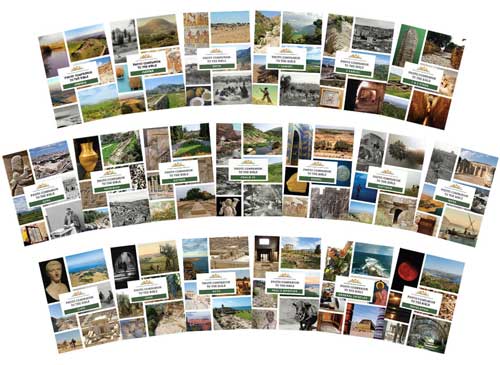
Old Testament (12 volumes): Joshua, Judges, Ruth, 1 Samuel, 2 Samuel, 1 Kings, 2 Kings, Ezra, Nehemiah, Esther, Psalm 23, and Daniel
New Testament (19 volumes): Matthew, Mark, Luke, John, Acts, Romans, 1 Corinthians, 2 Corinthians, Galatians, Ephesians, Philippians, Colossians and Philemon, 1 & 2 Thessalonians, 1 & 2 Timothy, Titus, Hebrews, James, 1 & 2 Peter, Jude, 1, 2, & 3 John, and Revelation
COMPLETE SET (31 volumes): Purchased individually: $1,700;
Set Discount: $599; with coupon ALL31: $499
A Photo Every Day
Featured BiblePlaces Photos: The Book of Ezra
The featured photos this month come from the Photo Companion to Ezra, a brand-new collection of images illustrating God’s providential restoration of his people to Jerusalem in the Persian period.
For more free photos, download the Ezra 3 PowerPoint (175 slides) and theNehemiah 2 PowerPoint (210 slides). These and more than 4,500 photos are included in the new Ezra and Nehemiah volumes in the Photo Companion to the Bible.
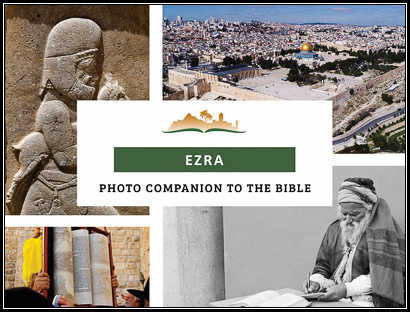
The book of Ezra begins by noting that the God of Israel moved the heart of the Persian king to proclaim that the Jews could return to Jerusalem and rebuild the temple. This proclamation finds a close parallel in an imperial decree known as the Cyrus Cylinder. In this text, Cyrus declares that he returned images of Babylonian gods to their temples and inhabitants to their dwellings. His tolerant approach was intended to generate goodwill, and Jewish people under the leadership of Sheshbazzar and Zerubbabel returned to Judah. The Cyrus Cylinder was photographed at the British Museum. The museum also owns fragments of the same text recorded on a tablet.
After traveling for about four months, the Jewish people returned to the site of the destroyed temple in Jerusalem. There the families gave freewill offerings toward the rebuilding effort according to their ability. Ezra 2:69 reports that they gave 61,000 darics of gold. The word “daric” (Heb. darkemonim) in Ezra 2:69 is rendered by some English versions as “drachma.” The two words are probably related, although the term “drachma” is more commonly associated with Greek coinage. The first darics were probably minted by Darius I, the king ruling when the Second Temple was completed in 516 BC. The daric was the standard gold coin of the Persian empire, and thus the way an amount of gold would be measured (cf. 1 Chr 29:7). This daric coin was photographed at the Harvard Art Museum. It depicts the king in a kneeling/running stance, holding a spear in his right hand and a bow in his left hand.
Gold darics weighed about 128 grains (0.29 oz, or 0.26 troy oz) each, with the total contributions amounting to 1,104 pounds of gold. At the spot price of gold of $1,900 US per troy ounce, this amount of gold bullion would be worth more than $30 million. Divided among the 42,360 returnees, it would calculate to roughly $730 US per person.
The journey to Judah likely occurred during the summer, and by the seventh month (Sept/Oct), all the families had successfully resettled in their ancestral cities. The people then went up to Jerusalem for a national assembly. The seven-day Feast of Tabernacles recalls the temporary quarters in which the Israelites lived when God brought them out of Egypt (Lev 23:42-43). Ezra 3:4 reports that the returnees celebrated the Feast of Tabernacles according to what was written in the Law of Moses. Leviticus 23:40 requires the people to take choice fruit, palm fronds, leafy branches, and poplars and “rejoice before the Lord your God for seven days.”
Later Jewish tradition prescribed a ritual which involves binding together three myrtle and two willow branches with palm branches, which are held in the right hand. The etrog fruit is held in the left hand during the worship ceremony, during which the four species are waved in specific ways. Perhaps some of the extrabiblical traditions began with those who returned from Babylon and Persia under Zerubbabel.
The account of Ezra repeatedly makes clear that the favor of the Lord was upon his people. One evidence is the generosity of the Persian kings, including Cyrus, who returned the temple vessels carried away by the Babylonians. Cyrus also authorized the returnees to bring cedar logs from Lebanon for the reconstruction of the temple. Today, most of the cedar forests of Lebanon have disappeared, but a few pockets are still preserved, with some trees estimated to be 2,000 years old. These giant, beautiful, evergreen trees grow in mountainous regions and produce cones and bluish-green needles on their long branches. They can attain a height of 100 feet (30 m), and the trunk may reach 6 feet (2 m) in diameter.
Compared with the trees of Israel, the cedar is indeed a mighty tree. It is no wonder that the beautifully grained, savory smelling, sturdy wood was imported. David used in it building his house (2 Sam 5:11; 1 Chr 17:1), Solomon used it in constructing the temple and a palace for himself (1 Kgs 5:10-11; 2 Chr 2:3-10), and Zerubbabel used it for building the Second Temple.
The returning Jews built the Second Temple in the same location as Solomon’s Temple. Today the Dome of the Rock stands over the exposed bedrock that was within the Holy of Holies. Study of the Temple Mount and its growth over the centuries is difficult today because of political tensions, but a likely theory of the expansion of the Temple Mount is shown in this photograph. The platform in Zerubbabel’s time was likely the same size as the one destroyed by the Babylonians; in the centuries to come the Hasmoneans would extend the platform and Herod would nearly double its size.
A common theme of the books of Ezra and Nehemiah is the hostility of the neighboring peoples. In the time of Artaxerxes, they sent a letter claiming that if Jerusalem was rebuilt, the Jews would no longer “pay tribute, custom, or toll, and it will surely damage the royal revenues” (Ezra 4:13). This relief shows the revenue in question, as tribute bearers from Israel and Syria arrive at the capital city of Persepolis to present their annual taxes to the Persian king. This relief is located on the east stairs of the Apadana at Persepolis and dates to the reign of Darius the Great, the ruler at the time the Second Temple was completed.
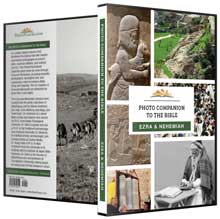
Now is the best time to purchase our Ezra and Nehemiah volumes:
- Ezra – 1,700 photos – Reg. $79; today $39
- Nehemiah – 2,800 photos – Reg. $89; today $49
- Ezra & Nehemiah – 4,500 photos – Reg. $129; today $59 – DVD+download or download-only
Share This Newsletter
Do you know someone who would enjoy this newsletter? Feel free to pass it on to friends you think might appreciate it. They can subscribe here.
The BiblePlaces Newsletter is cost-free and spam-free. Email addresses will never be used for any purpose other than this newsletter. If you have questions about the subscription process, see this page.
All contents © 2023 Todd Bolen. Text and photographs may be used for personal and educational use with attribution. Commercial use requires written permission.
